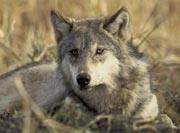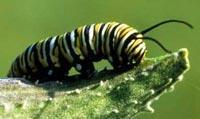Mathematical model could predict how industrial pollutants accumulate in different animal species.
A mathematical model developed by Canadian researchers is set to improve understanding of how persistent organic pollutants accumulate in different animal species.

Industrially-generated persistent organic pollutants, such as polychlorinated biphenyls (PCBs) and DDT, are poorly metabolised by animals. They accumulate to cause a variety of potentially damaging biological effects. The pollutants are absorbed in the diet, and build up by a process called biomagnification. They are often found in animals, such as polar bears, that live thousands of miles from major sources of pollution.
Most research on biomagnification has been performed on fish, so scientists know little about how the process works in other animals. Adrian Debruyn and Frank Gobas at Simon Fraser University, Burnaby, studied bioenergetics - the study of energy flow in living systems.
The field of bioenergetics uses equations to work out energy flow through processes such as respiration and digestion. Debruyn and Gobas adapted these equations to model biomagnification in different animals. They tested their model against data on chemical contamination in over 30 different animal species. The model matched real-world contamination levels to within a factor of two for the majority of those animals.

The model revealed that the rate of pollutant absorption from an animal’s gut and an animal’s growth rate were the two most important biological processes affecting biomagnification. Animals with high absorption rates and low growth rates, such as wolves, had much higher contaminant levels than animals with low absorption rates and high growth rates, such as caterpillars.
Jon Evans
References
A M H deBruyn et alEnviron. Sci. Technol., (DOI: 10.1021/es051800i)






No comments yet